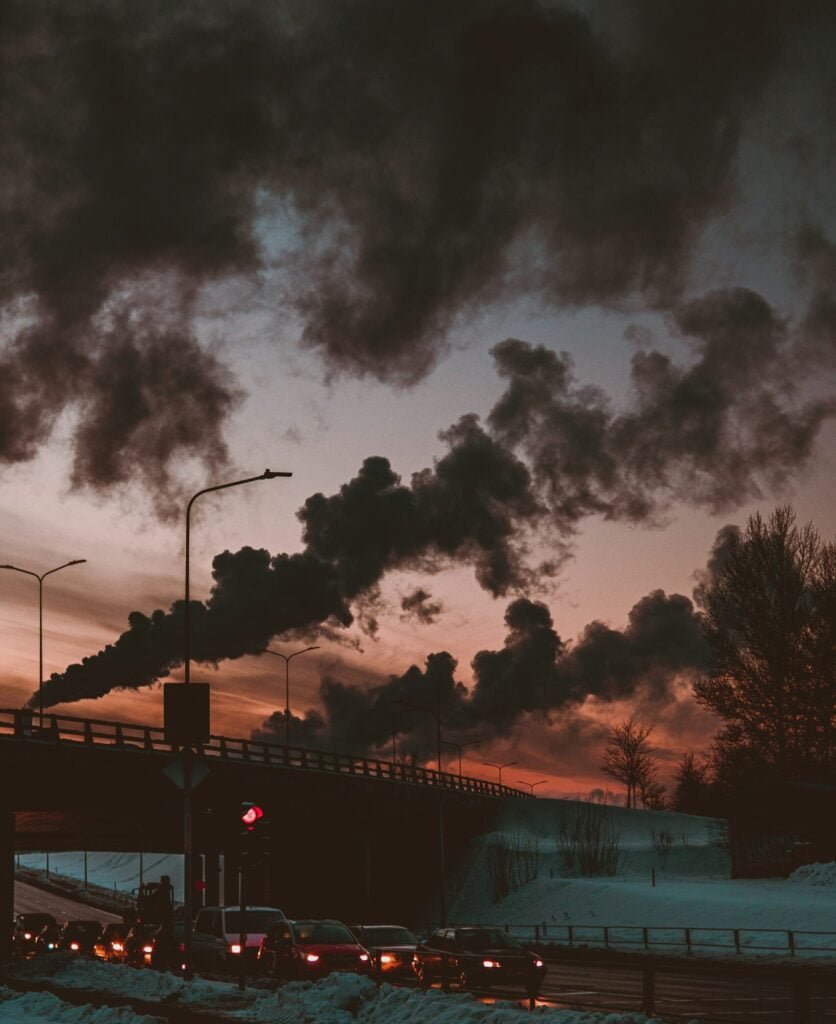What are the causes of climate change in Antarctica?
According to the IPCC Sixth Assessment Report, human activities have been the dominant driver of global climate change since the mid-20th century. Antarctica and the Southern Ocean that surrounds it are integral to helping us predict the future of Earth’s climate system. Understanding Antarctica’s role in climate change is not only a huge scientific challenge but also an urgent priority for society.
Climate change in Antarctica is influenced by a variety of interconnected factors, both natural and human-induced. Here are the primary causes:
Carbon Dioxide (CO2): The burning of fossil fuels (coal, oil, and natural gas) for energy and transportation is the largest source of CO2 emissions, which trap heat in the Earth’s atmosphere.
Methane (CH₄): emitted from agricultural activities, landfill decomposition, and the production and transport of coal, oil, and natural gas.
Nitrous Oxide (N₂O): Released from agricultural and industrial activities, as well as during the combustion of fossil fuels and solid waste.
Chlorofluorocarbons (CFCs): Though largely phased out by the Montreal Protocol, these chemicals have caused significant ozone layer depletion over Antarctica, leading to increased ultraviolet radiation reaching the surface, which can influence climate patterns.
Wind Patterns: Changes in the strength and direction of winds, influenced by global warming and ozone depletion, can affect the distribution of sea ice and the flow of ocean currents.
Southern Annular Mode (SAM): Variations in the SAM, a climate driver that describes the north-south movement of the westerly wind belt encircling Antarctica, affect temperature and ice cover.
Warm Ocean Currents: Increased temperatures in ocean currents, such as the Circumpolar Deep Water, can lead to the melting of ice shelves from below.
Sea Ice Decline: A reduction in sea ice affects albedo (surface reflectivity), leading to further warming as more solar energy is absorbed by the ocean.
Ice-Albedo Feedback: Melting ice reduces the reflective surface area, causing more solar energy to be absorbed by darker ocean water, which accelerates warming and further ice melt.
Permafrost Melt: Melting permafrost releases methane, a potent greenhouse gas, into the atmosphere, exacerbating global warming.
Volcanic Activity: Volcanic eruptions can inject aerosols into the stratosphere, temporarily cooling the climate, but their long-term impact is relatively minor compared to human-induced factors.
Solar Radiation: Variations in solar output can influence climate, though their impact is much smaller compared to anthropogenic greenhouse gas emissions.
Understanding these causes is crucial for developing strategies to mitigate the impacts of climate change in Antarctica and globally.
To learn more about the solution to climate change in Antarctica, click below:
https://weatherclash.com/index.php/2024/05/29/what-is-the-solution-to-climate-change-in-antarctica/



